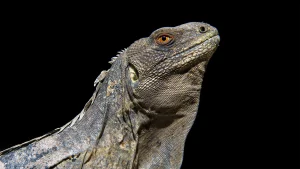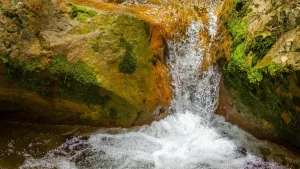The Zamorano Arboretum
The Arboretum of Zamorano or more complete The Arboretum of the Escuela Agrícola Panamericana Zamorano , is a nature reserve and arboretum of about 17 km² in which the private university Escuela Agrícola Panamericana denominated Zamorano is located, dedicated to the formation of young people from the region in high-quality agriculture. Its international recognition code as a botanical institution, as well as the initials of its herbariums are ZAM and ESAGP.
Table of Contents
Location
It is located in the Yegüare River valley about 30 km from Tegucigalpa, MDC capital of the Republic of Honduras.
The Zamorano Arboretum/Pan American Agricultural School , Department of Natural Resources and Biological Conservation Zamorano PO Box 93; Tegucigalpa, MDC Honduras. 15°19′36.84″N 87°36′4.6794″E
History
The Escuela Agrícola Panamericana was founded in 1941 by businessman Samuel Zemurray (1877-1961), a Russian-born American and president of the United Fruit Company. Mr. Zemurray was established to create an educational center with high quality teaching in agriculture. Dedicated to the training of young people throughout the region and to carry out the dream, he recruited Dr. Wilson Popenoe, a well-known botanist and horticulturist of the time; that he had extensive experience in the region, and that he organized the famous Lancetilla Botanical Garden in Honduras.
Popenoe traveled for several weeks in 1941, exploring the Central American highlands to develop the project. Finally, he chose a piece of land of approximately 15 km² in the Valle del Río Yegüare, about 30 km from the capital of Honduras. The name of Zamorano originates from the family of the province of Zamora, in Spain.
Construction of the school began in late 1941. Doctor Popenoe became the founding director of the new institution and served until 1957. Since then, the small school has grown into what it is today. a university center that acts at the service of the Americas.
Characteristic
The property is located in about 1700 ha with natural forests and two micro-watersheds, large productive areas with plant species from around the world, many places for recreation and various buildings. There are green areas, trails, and lagoons that are home to numerous wild species that have found a natural refuge on the Zamorano campus. There are many migratory birds that share these spaces during certain times of the year.
The Zamorano has spaces that welcome species that are native and exotic to the region from all over the world, with trees, shrubs, and herbaceous ornamental plants in formal gardens between the campus buildings.
Thanks to its long and distinguished tradition in biological science research, Zamorano now has herbariums that also serve as educational teaching. The Paul Standley Herbarium houses nearly 300,000 classified specimens from Mesoamerica that are available for the academic training of students. It has a collection of 200,000 specimens of pests and beneficial insects, many of which are the result of research carried out by Zamorano specialists and student contributions.
Library
Zamorano has the Wilson Popenoe Library , which has various books for student education, more than 18,000 specialized books, 6,500 technical brochures, access to worldwide online databases, digital documents, and a considerable number of journals.
Library services are used by faculty and students who live and reside on campus and by occasional visitors.




